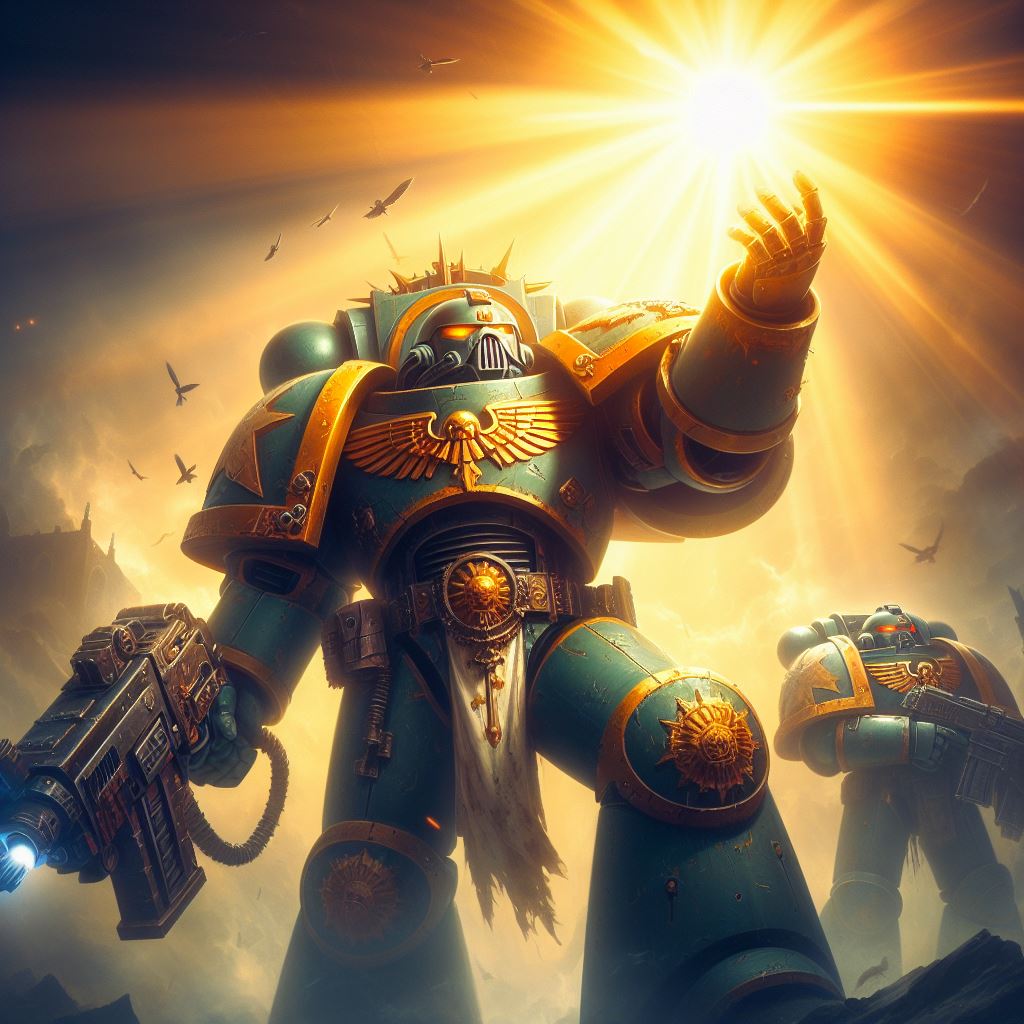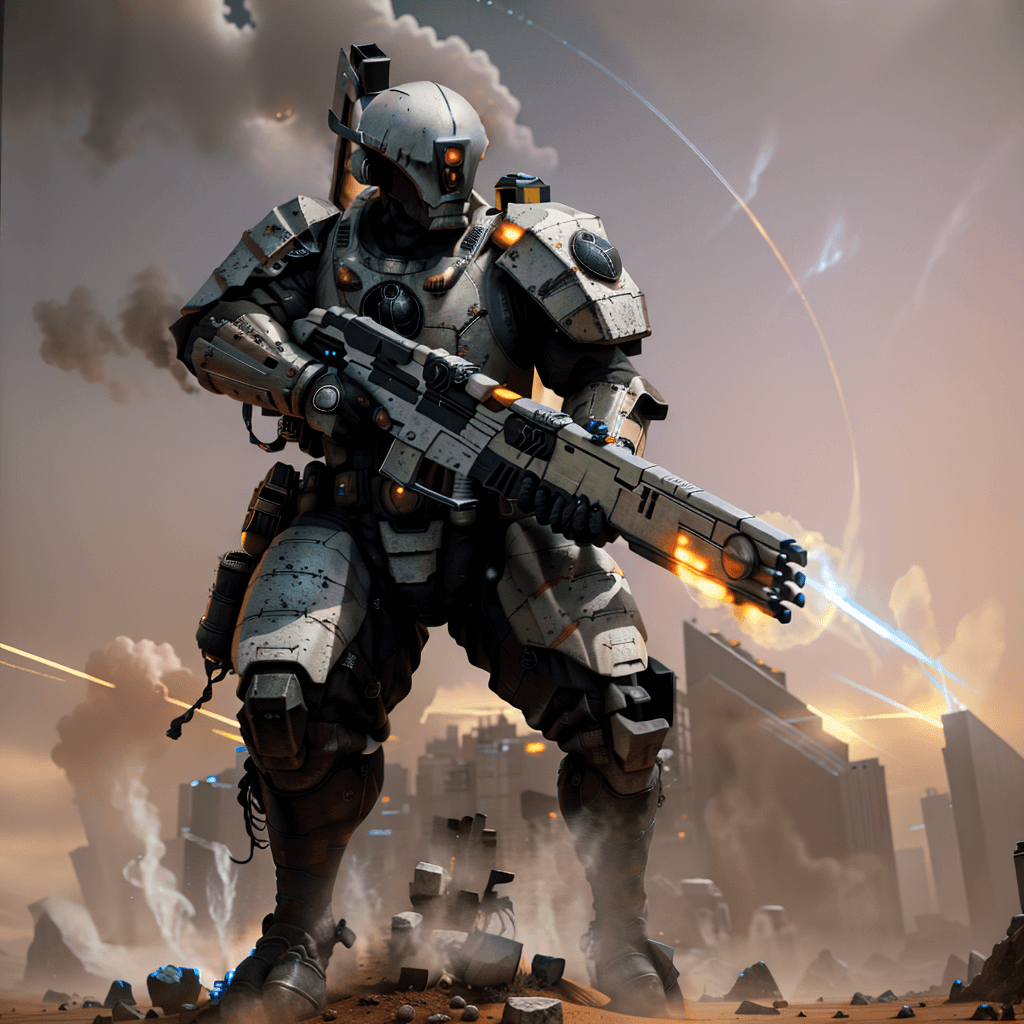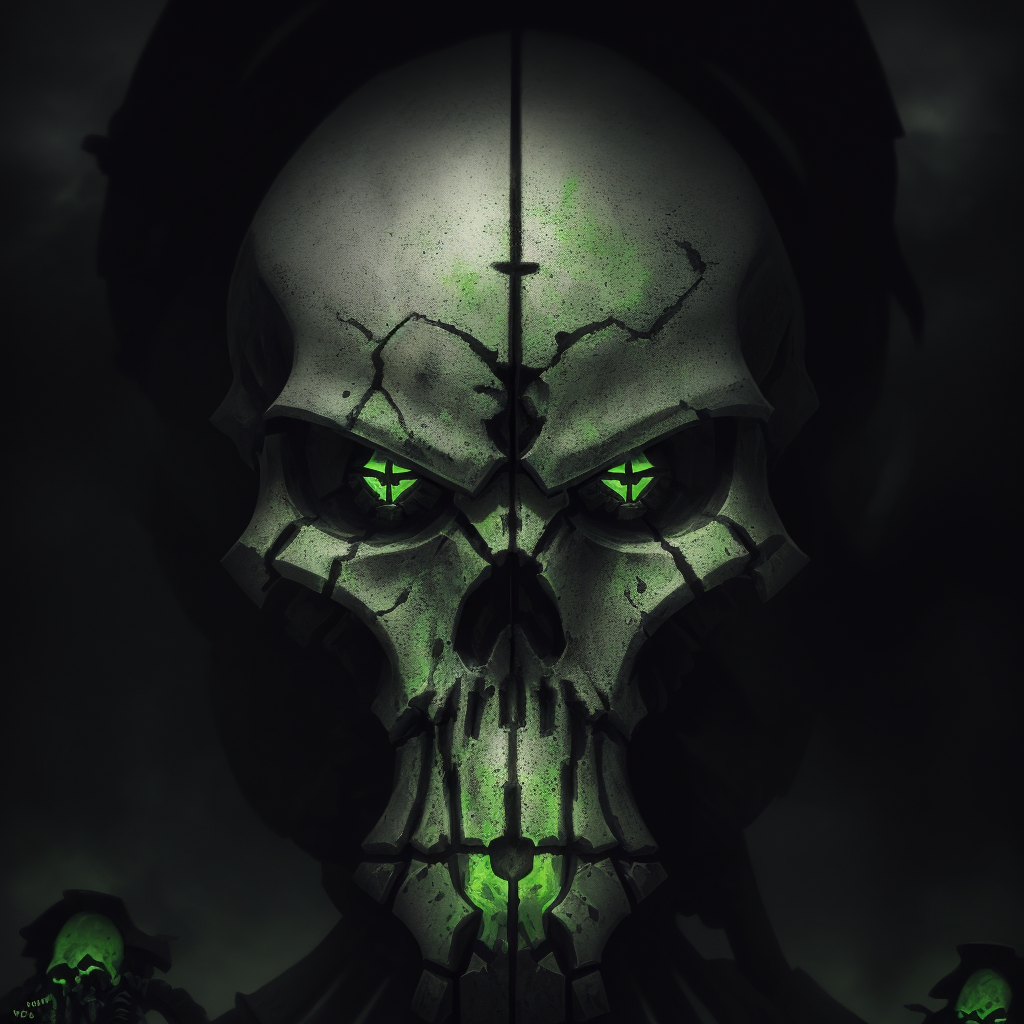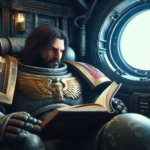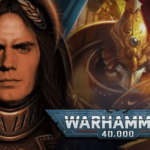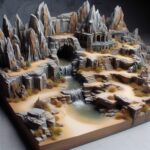Rules for Painting Your Warhammer 40k Army: Ignite Your Passion and Forge Legendary Armies
Over two decades, I’ve commanded armies from various iconic factions like the noble Space Marines, the sinister Drukhari, the stalwart Astra Militarum, the mysterious Aeldari, and the barbaric Orks in epic clashes. Learning to paint Battle Ready models to develop my own unique warhosts has been tremendously enjoyable.
We will cover everything you need to know about the rules for painting Warhammer 40k models, from basic requirements to more advanced techniques.
Key Takeaways:
- Only use official Citadel miniatures or Forge World resin models for gaming events
- Every model must be fully assembled and painted to at least a battle-ready standard
- Choose your army’s colors carefully, considering heraldry, character, and complementary hues
- Maintain consistency across units for a cohesive battle-ready army
- Conversions and kitbashes are allowed if based on GW kits and approved by event organizers
- Focus on characterful faces and experiment with advanced painting techniques over time
Citadel or Forgeworld Models Only
First rule is you can only use official Citadel miniatures or Forge World resin models for gaming events at Warhammer World and most local game stores. This helps support the hobby and provides fairness across players. Kitbashing and conversions are allowed if based on GW kits!
For instance, Ork loota conversions with extra weapons and armor plates celebrate their scavenger culture! Astra Militarum tank commanders lend themselves well to carving off cupola hatches for more dynamic posing. And Inquisitorial warbands offer lots of opportunities for unique henchmen and operatives.
Narrative play Crusade campaigns are a great outlet for extensive conversions as well – that Chaos Spawn or Tyranid biotitan isn’t going into matched tournament play anyway!
Meeting the Battle-Ready Minimum Painting Standard
At official events, every model needs to be fully assembled and painted to at least a battle-ready standard. This means having the entire model built with no missing pieces, with painted based colors on all areas to define details sufficiently to play.
You don’t need to blend, highlight or shade yet – that can come later! The goal is to get colors on the model so units are identifiable on the battlefield. 3 colors minimum with details like guns, pouches, and faces picked out goes a long way. This includes textured and painted basing.
For Battle Ready appropriate examples, I recommend the ‘Eavy Metal studio army shots in White Dwarf as guidelines illustrating minimum tabletop standard for Space Marines, Astra Militarum, Orks, T’au, Aeldari/Drukhari, Tyranids and more.
Choose Your Army’s Colors
Now that the basic requirements are out of the way, it’s time for the fun part – choosing your colors! Most established factions like Space Marine Chapters have deep heraldry history passed down through centuries. Maybe you want to paint a successor thinking about the character and stories you envision playing out on the tabletop.
I recommend lighter main colors as a starting point since shades add depth easily. Complementary colors on the color wheel result in nice contrasting secondary hues. Keep metallics, leather, chitin, and neutral tones appropriately muted to make your main colors pop. And don’t be afraid to experiment on test models!
Interested in your own paints? Read here for the Best Starter Paint Sets for Miniatures
Consistency Across Units
While you can get creative with individual models as Champions and Psykers, having consistency across your basic troops, elites, vehicles and characters helps them look like a cohesive battle-ready army. Use the same techniques and paint combinations for details like lenses, scrolls, metals, carapaces and bases.
This also helps your opponent know what units are what easily. If trying out an idea, limit major variations to characters and centerpiece models. Standard Core and Battleline squad members should match closely to reinforce your faction’s uniform.
Conversions and Kitbashes
One of the most exciting parts of the hobby is creating unique characters and units through conversions and kitbashes! This is where you combine parts from multiple official Citadel kits creatively to make your own custom models representing what’s on your army list.
As mentioned above, the only hard rule is that the significant majority of parts must be GW plastics or resin. Greenstuff, putty or plasticard spacers are generally acceptable accessories if used carefully
I recommend running extensive conversions by the events organizer first through photos to make sure your custom Daemon Prince or Primaris Captain is identifiable on the tabletop and tournament legal. Minor head and weapon swaps are generally alright. Counts-as armies with proxy models should be avoided though.
Advanced Painting Techniques
Once you have a uniform look across your models and units with basecolors, washes, basic layering and finished bases, you can always come back later to add more advanced effects. Carefully applied highlighting, blending, weathering effects add major depth and realism, taking your army to the next level over time.
I recommend focusing on getting characterful faces cleanly picked out first, drawing the eye while troops remain simpler Battle Ready standard. Experiment with ideas on test models before tackling your whole army.
Great tools include wet palettes for blending, quality brushes, and matte varnish for protection. Learn new techniques with each squad!
Frequently Asked Questions (FAQ):
Can I use third-party miniatures or 3D printed models in official gaming events?
No, you can only use official Citadel miniatures or Forge World resin models for gaming events at Warhammer World and most local game stores. This helps support the hobby and ensures fairness across players.
What is the minimum painting standard required for gaming events?
Every model needs to be fully assembled and painted to at least a battle-ready standard. This means having the entire model built with no missing pieces, and painted based colors on all areas to define details sufficiently for play. A minimum of 3 colors with details like guns, pouches, and faces picked out, along with textured and painted bases, is required.
How important is color consistency across my army?
While you can get creative with individual models as Champions and Psykers, having consistency across your basic troops, elites, vehicles, and characters helps them look like a cohesive battle-ready army. Use the same techniques and paint combinations for details to reinforce your faction’s uniform.
Are conversions and kitbashes allowed in gaming events?
Yes, conversions and kitbashes are allowed if the significant majority of parts are from GW plastics or resin. Minor accessories like putty or plasticard spacers are generally acceptable if used judiciously. However, it’s recommended to run extensive conversions by the event organizer first to ensure they are identifiable and tournament legal.
What should I focus on when advancing my painting skills?
Once you have a uniform look across your models with basecolors, washes, basic layering, and finished bases, focus on characterful faces and experiment with advanced techniques like highlighting, blending, and weathering effects on test models before tackling your whole army. Use quality tools and learn new techniques with each squad to take your army to the next level over time.
If you are looking for a very in depth guide to all the rules of painting, Warhammer world has a great PDF that covers everything.
Ready to Play!
There you have it – everything you need to know about getting your lovingly crafted Warhammer 40k army painted and ready to vanquish foes on the tabletop! Feel free to experiment with ideas, but keep basic colours consistent across Core units, vehicles, and characters to look uniform and make gameplay smooth.
Add your own personal touches with customized characters and centerpiece models as Lieutenants. Work up from the Battle Ready minimum standard, adding details slowly over multiple gaming sessions. Most importantly, embrace your inner hobbyist creativity, and have fun making your army uniquely yours!
If you are seeking more tips on building background for your custom Chapter or Craftworld, in-depth faction lore, or battle reports, be sure to check out my YouTube channel Warhammer Universe for regular content! For the Emperor and glory in battle

